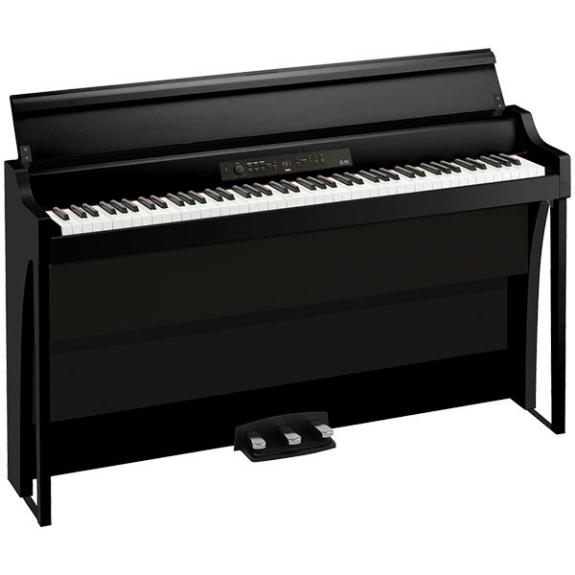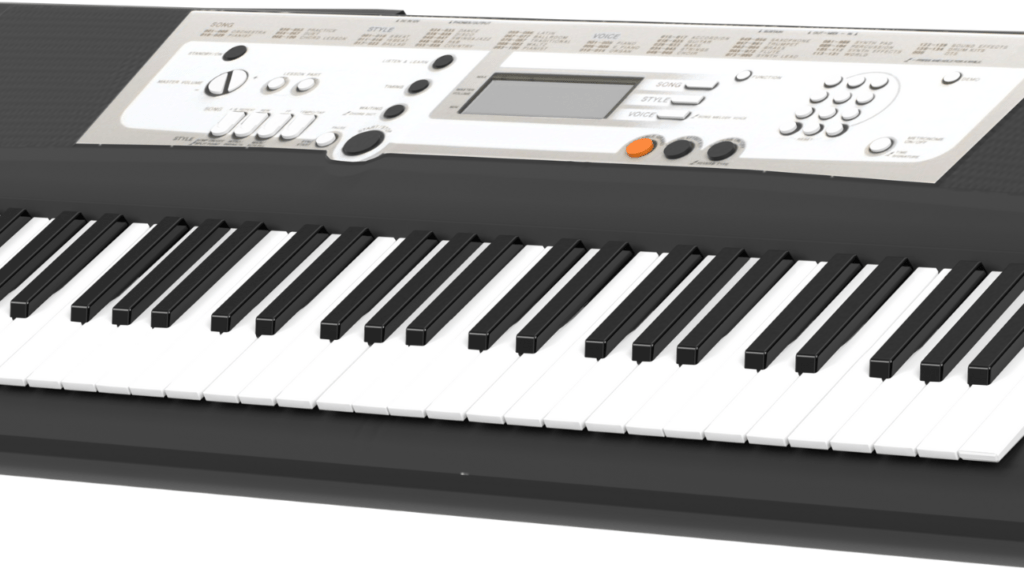Piano keyboards and organ keyboards may look similar at first glance, but they have distinct differences in terms of their construction, sound, and playing techniques. In this article, we will explore some of the main differences between these two types of keyboards.

construction
The construction of piano keyboards and organ keyboards differs significantly. Piano keys have weighted keys that simulate the feel of an acoustic piano. The keys are heavier in the lower register and become lighter as you move up the keyboard. This allows pianists to develop finger strength and technique that is transferable to an acoustic piano
Organ keyboards, on the other hand, contain weightless keys that are generally smaller than those on a piano. Organ keyboards often have more keys than a piano keyboard, with up to 61 keys in some cases. The keys on an organ keyboard are also designed for playing in an organ-style technique, where the player uses a combination of fingers and feet to play the pedals.

The sound of piano keyboards and organ keyboards is another significant difference. Piano keyboards have a distinct piano sound, created by hammers hitting the strings inside the piano. Digital pianos try to reproduce this sound using sampled recordings of real pianos, while acoustic pianos produce their sound naturally.
Organ keyboards, on the other hand, produce a variety of sounds, including traditional pipe organ sounds, electronic organ sounds, and other synthesized sounds. These sounds are created through a combination of sound generators, oscillators and other electronic components. Organ keyboards often have a variety of presets and settings that allow players to select the desired sound.
Game techniques
The playing techniques of piano keyboards and organ keyboards are also significantly different. Piano players use a technique called legato, which involves playing notes in a smooth and connected manner. This technique is achieved through the use of the sustain pedal, which allows the notes to ring and blend together.
Organists, on the other hand, use a technique called staccato, which involves playing notes in a sharp, detached manner. This technique is achieved by using short and precise finger movements, and releasing the keys without using the sustain pedal. Organists also use their feet to play the pedals, which can add another layer of complexity to their playing technique.

Summary
In conclusion, piano keyboards and organ keyboards have distinct differences in terms of their construction, sound and playing techniques. Piano keyboards are designed to simulate the sound and feel of an acoustic piano, while organ keyboards produce a variety of sounds and require a different playing technique. Both types of keys have their strengths and weaknesses, and the choice between them ultimately depends on the player’s personal preferences and musical goals.
To view all our recommendations on pianos and organs click here






